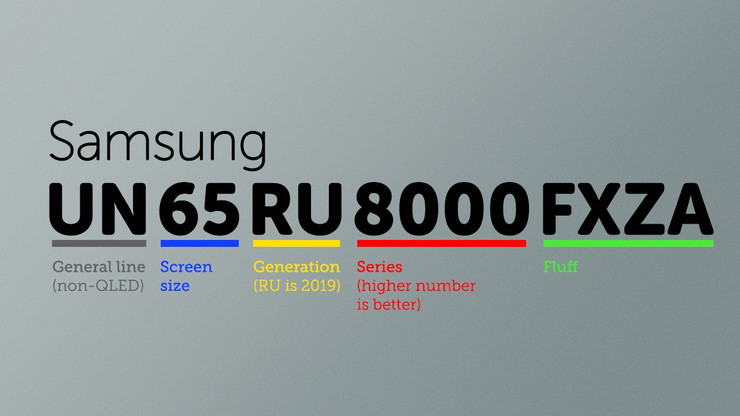Several times a year, electronics retailers slash prices on products as part of seasonal and holiday sales. Super Bowl weekend, President’s Day, Amazon Prime Day, and of course Black Friday offer sizable discounts on big-ticket electronics like TVs. You might be able to find a great television for an amazing price during these sales. You might also wind up with a mediocre model you ultimately paid too much for, because product names and labels are confusing.
When you’re shopping for a TV, the brand name can be a factor in features, design, and general quality. It’s far from the biggest factor, however, because every TV manufacturer makes multiple lines of products.
There are budget-friendly TVs with low price tags and unambitious performance. There are midrange models with modest prices and performance to match. And there are high-end televisions with impressive performance and sky-high prices. And, after testing many of them, we’ve found that there are also budget TVs with great picture quality and pricey panels that aren’t up to snuff. If you simply follow a sale and buy a “Samsung TV” or a “Sony TV” or any other TV just because it has a discount, you’ll have no idea exactly what kind of TV you’re buying, or how good it is.
This is where stock keeping units, or SKUs, come in. In retail, SKUs are identifiers for specific versions of products. They identify the individual model of a given item, like a TV. Think of them as labels that let you figure out exactly what you’re buying when an ad or even the product box isn’t completely clear on it.
Television SKUs are long and complex strings of letters and numbers that define a variety of aspects of each model. They can show the product line, screen size, and even individual retailer variants of TVs, and they’re the key to decoding just how good a TV on sale is. They’re also wildly different for each TV manufacturer.
With that in mind, here’s a handy guide to decoding the SKUs of different TV manufacturers. It’s a complicated system, but once you break down each label to its parts, it becomes much easier to navigate.
Every television SKU can be broken down into individual components. Once you can identify these components, you can figure out things like screen size, tier/quality level, and even retailer exclusivity. Depending on the manufacturer, TV SKUs have three to five parts, including:
Now that you know the basics, let’s break it down by specific manufacturers.

